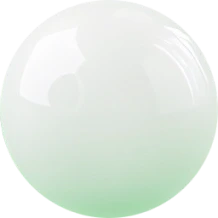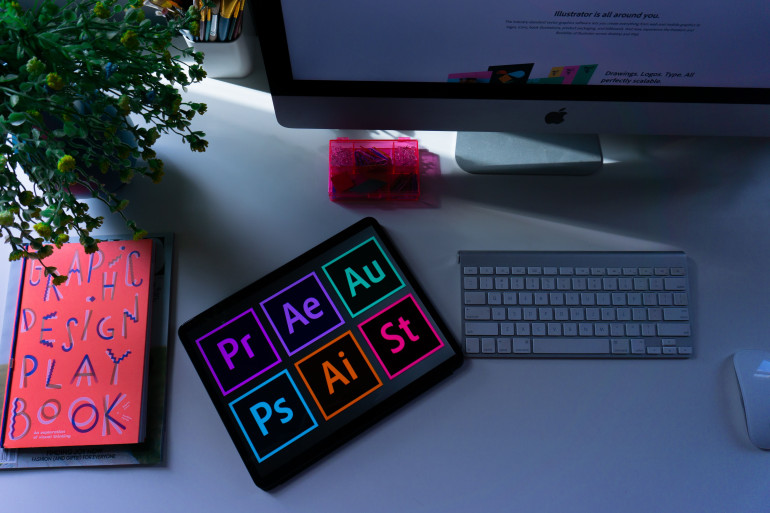In the world of design, visuals are far more than decoration they shape perception, influence emotions, and drive decisions. Whether it’s in marketing campaigns, user interfaces, or branding, images often communicate what words cannot.
This is where visual psychology intersects with graphic design services, creating powerful experiences that captivate audiences and strengthen brand messaging. Let’s explore how the psychology of images works in design, and why professional graphic design services are essential in making visuals truly impactful.
The Power of Visual Communication
Our brains process images 60,000 times faster than text, making visuals one of the most powerful tools for connection and communication. A well-chosen image can:
- Simplify complex ideas
- Spark emotional responses
- Improve comprehension and recall
From a minimal logo to a detailed infographic, visuals have the ability to transform how people interpret and remember a message.
Key Psychological Principles in Design
Graphic designers use core psychological concepts to craft visuals that connect with audiences:
Gestalt Principles
The human brain seeks patterns. Concepts like proximity, similarity, and continuity help organize design elements into cohesive, meaningful visuals.
Color Psychology
Colors influence emotions and associations. For example:
- Blue → trust, calmness
- Red → urgency, passion
- Green → growth, harmony
Strategic use of color ensures that a design communicates the right mood.
Visual Hierarchy
Designers use size, contrast, and placement to guide the viewer’s attention, ensuring the most important elements are seen first.
Cognitive Load
Cluttered designs overwhelm viewers. By keeping visuals clear and focused, designers make it easier for audiences to absorb and remember key messages.
Emotional Connection
Visuals evoke emotions such as joy, nostalgia, excitement, or trust. A well-crafted image taps into this emotional spectrum, creating stronger bonds between brand and audience.
Applications of Image Psychology in Design
Graphic design services leverage image psychology across multiple contexts:
- Branding & Identity: Logos, typography, and color palettes communicate brand values and personality, building recognition over time.
- Advertising & Marketing: Campaign visuals target audience desires and pain points, influencing emotions and purchase decisions.
- Web & UI Design: Icons, buttons, and imagery guide user behavior and improve navigation.
- Packaging Design: Visuals on packaging trigger curiosity, convey product details, and impact buying choices.
- Information Design: Infographics and charts simplify complex data into clear, memorable visuals.
Why Work with Graphic Design Services?
Designing with visual psychology requires expertise in both art and science. Professional graphic design services bring:
- Expertise → Deep knowledge of psychology-driven design principles.
- Strategic Thinking → Intentional use of colors, layouts, and imagery to influence behavior.
- Creativity → Fresh, innovative concepts that make visuals memorable.
- Consistency → Cohesive branding across digital and physical platforms.
- Accessibility → Inclusive design practices (e.g., legible fonts, proper contrast, alt text for visuals).
By collaborating with professionals, businesses can ensure their visuals resonate with audiences and deliver measurable impact.
The Lasting Impact of Thoughtful Visual Design
In a world overloaded with visual content, only designs that connect emotionally and cognitively stand out. By leveraging the psychology of images, businesses can:
- Capture attention faster
- Strengthen brand trust
- Influence decisions and behaviors
- Leave a lasting impression
When paired with the expertise of professional graphic design services, visuals become more than just images they become strategic tools of communication and influence.
Every visual element is an opportunity to inspire. By embracing the psychology of images and partnering with skilled graphic designers, you can create experiences that go beyond aesthetics designs that resonate, connect, and endure.
Suggested Read: Tools and Tips for Streamlining Your Design Workflow









